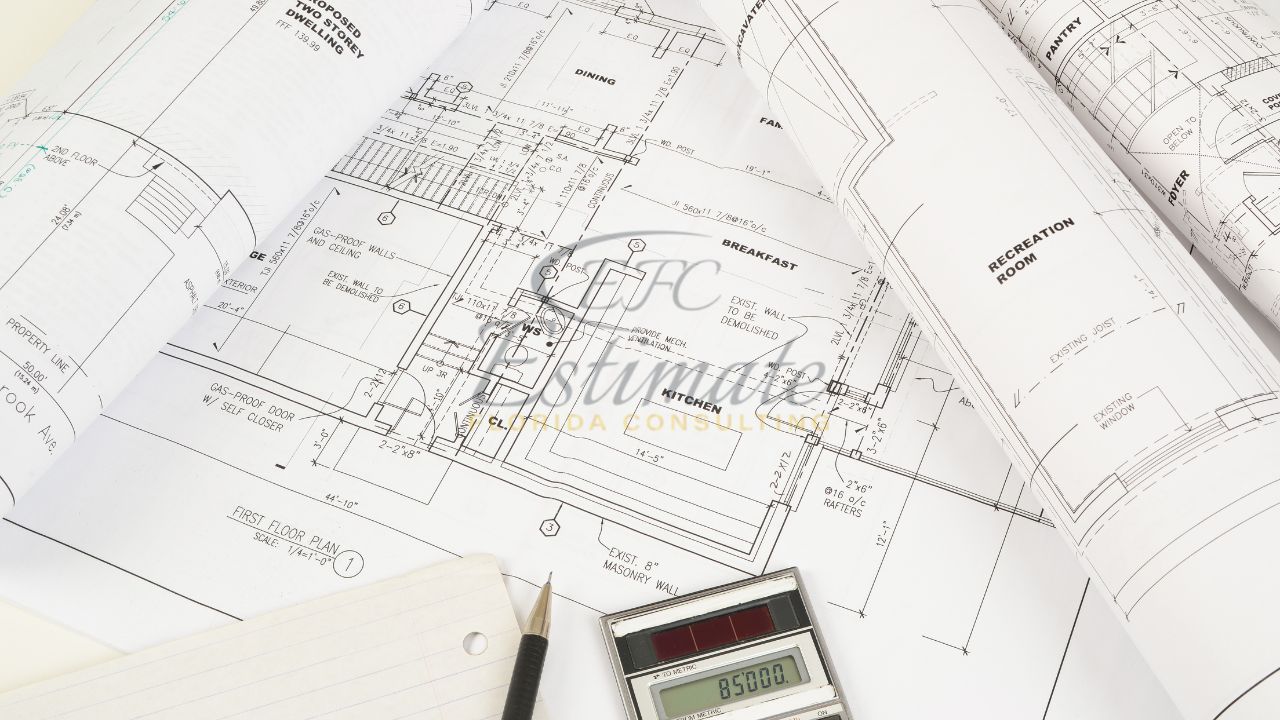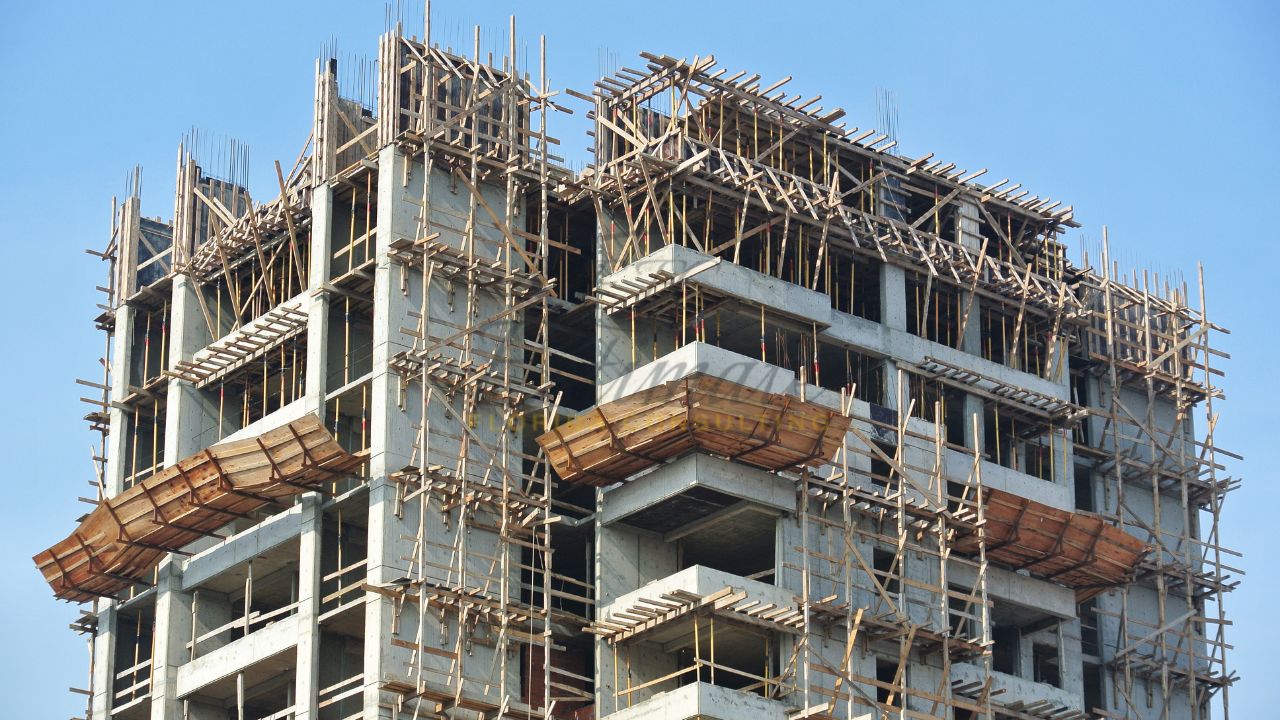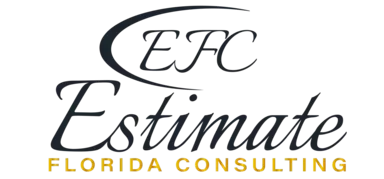Cost Estimating and Budgeting for Construction
In the construction industry, financial planning is as critical as technical expertise. Accurate cost estimating and disciplined budgeting are what separate profitable, on-time projects from those plagued by overruns and delays. For contractors, developers, and project managers, understanding the nuances of estimating and budgeting ensures smarter decision-making, stronger client trust, and long-term success. This article explores the principles, methods, and best practices that construction professionals can use to develop reliable financial forecasts and manage project costs effectively.
Why Cost Estimating Matters?
Cost estimating lays the groundwork for every construction project. Without it, teams have no clear financial direction. When executed properly, estimates serve as a compass that guides design choices, contract negotiations, and scheduling decisions. A strong estimate helps project stakeholders:
- Forecast total expenses with precision
- Align expectations between clients, architects, and contractors
- Secure financing and stakeholder approval
- Identify and manage cost drivers early
- Support competitive bidding with accurate pricing

Consider a mid-sized commercial project: if the estimator overlooks fluctuating material prices or underestimates labor hours, the contractor may win the bid but lose profitability once work begins. Accurate cost estimating is not just a pre-construction exercise—it is a safeguard for project viability.
Types of Construction Estimates
The level of detail in a cost estimate evolves as a project moves through design and execution. Different types of estimates are used at different stages:
- Preliminary Estimate (Rough Order of Magnitude): Used in early conceptual planning, this provides a broad financial outlook based on limited design data.
- Design Development Estimate: Created once preliminary designs are available, adding accuracy to cost forecasting.
- Detailed Estimate: A comprehensive breakdown based on final drawings and specifications, often including line-item costs for labor, equipment, and materials.
- Quantity Takeoff: Measurements of required materials and labor, forming the foundation of a detailed estimate.
- Unit Price Estimate: Assigns costs per unit of measure, often used in competitive bidding.
- Lump-Sum Estimate: Provides a single total price for a defined project scope, commonly used in fixed-price contracts.
Each type of estimate has its place. For example, a developer seeking financing may rely on a preliminary estimate to approach lenders, while a contractor preparing a bid will require a detailed unit price or lump-sum estimate.
Key Components of a Construction Budget
A well-prepared construction budget accounts for far more than direct labor and material costs. Budgets should cover direct, indirect, and hidden expenses to avoid unpleasant surprises mid-project:
- Direct Costs: Core expenses such as materials, labor, equipment, and subcontractors.
- Indirect Costs: Secondary expenses like permits, insurance, temporary utilities, and administrative overhead.
- Contingency: A financial buffer, usually 5–10% of the budget, to handle scope changes or unexpected site conditions.
- Overhead and Profit: Contractor’s operating costs plus a markup for profit.
- Escalation Allowance: A reserve to offset inflation or price increases over the duration of the project.
By including these categories, contractors avoid underpricing bids and protect profit margins. Without them, even small overruns in one area can cascade into significant financial strain.
Common Estimating Methods
Estimators rely on several methodologies to project costs. Each has advantages and limitations, depending on the project’s stage and data availability:
- Analogous Estimating: Uses data from similar past projects to predict current costs. Best for early-stage planning.
- Parametric Estimating: Relies on measurable parameters, such as cost per square foot, to generate estimates. Useful for quick calculations.
- Bottom-Up Estimating: Breaks the project into small components and estimates each line item. Highly detailed and accurate but time-intensive.
- Three-Point Estimating: Uses optimistic, pessimistic, and most-likely scenarios to account for uncertainty.
- Hybrid Approaches: Many estimators blend methods to balance speed and accuracy.
For example, in a large residential development, a bottom-up approach may be used for foundation work while a parametric estimate covers landscaping.
Technology in Cost Estimating and Budgeting
Advances in technology have revolutionized cost estimating. Digital tools now provide more accurate forecasts and streamline collaboration across teams:
- Construction Estimating Software: Tools like ProEst, Sage Estimating, and Buildertrend automate calculations, integrate with scheduling systems, and generate reports.
- Building Information Modeling (BIM): Links 3D models to cost data, enabling real-time adjustments when design changes occur.
- Cloud-Based Collaboration: Platforms allow teams to share updates instantly, reducing miscommunication between stakeholders.
- AI and Machine Learning: Emerging technologies analyze historical data to predict future costs more accurately.
The integration of technology is no longer optional; it is an expectation in competitive markets. Clients increasingly demand transparency and data-backed cost projections.
Best Practices for Effective Budgeting
Creating an accurate budget is only the first step—maintaining control requires disciplined practices throughout the project:
- Begin with complete design documents to minimize guesswork
- Engage stakeholders early to prevent scope creep
- Monitor costs continuously and compare them against the budget baseline
- Track change orders carefully and communicate impacts to clients
- Conduct risk assessments to anticipate potential overruns
- Build strong relationships with suppliers to manage material cost fluctuations
Agencies that consistently apply these practices build stronger reputations and win repeat business, as clients value predictability and financial discipline.
Challenges in Construction Budgeting
Despite careful preparation, construction budgets often face challenges. Common issues include:
- Rapid price increases for materials such as lumber, steel, or concrete
- Skilled labor shortages, driving up wage costs
- Unforeseen site conditions, such as contaminated soil or underground obstructions
- Delays in permitting or regulatory approvals
- Poor communication leading to errors in scope or design
Mitigating these risks requires proactive planning and a willingness to adapt. For example, including escalation clauses in contracts can protect contractors from sharp increases in material prices.

Real-World Application
Consider a mixed-use development project in an urban setting. During the planning phase, estimators used a combination of parametric and bottom-up methods to forecast costs. The budget included a 7% contingency to account for uncertainties. Midway through construction, the price of steel spiked due to global supply chain disruptions. Because the contingency fund was in place, the project absorbed the extra expense without jeopardizing profitability. Regular monitoring also identified minor overruns in site preparation, allowing adjustments elsewhere in the budget to maintain balance.
Conclusion
Cost estimating and budgeting are far more than administrative tasks—they are strategic functions that determine whether a project succeeds or fails. By using proven estimating methods, leveraging technology, and following best practices, construction professionals can minimize risks and deliver projects on time and within financial expectations. In today’s competitive environment, mastering the art of cost management is not optional—it is essential.
For more insights on professional construction services, visit Pacific Coast Renovations: https://pacificcoastnw.com
Case Studies: Lessons from the Field
Examining real-world examples helps underline why cost estimating and budgeting are critical to project success. Consider two contrasting projects:
- Successful Budgeting: A school renovation project in Washington used a bottom-up estimating method combined with BIM modeling. By accurately forecasting material needs and labor, the project was completed 3% under budget. The detailed reports also reassured the school district, strengthening the contractor’s reputation.
- Failed Estimating: In contrast, a mixed-use development in Arizona suffered major overruns after estimators failed to include utility relocation costs. The omission led to a $2 million increase, delaying the project and damaging relationships with investors.
Regional Cost Considerations
Construction costs vary significantly depending on region. A project in Seattle, for example, may face higher labor and permitting costs than one in Phoenix. Factors such as union regulations, building codes, climate, and availability of skilled trades all impact estimates. Recognizing these variables helps professionals avoid underbidding or unexpected overruns when working across markets.
Budgeting for Sustainable Construction
Sustainability is no longer a niche concern—it’s a driving factor in modern construction. Estimators must account for the higher upfront cost of energy-efficient systems, recycled materials, and green certifications. However, these investments often reduce long-term operating costs, making them attractive to owners. A budget that incorporates sustainable choices not only reflects current trends but also positions contractors as forward-thinking professionals.
Communicating Budgets to Clients
Even the most accurate estimate has little value if clients don’t understand it. Contractors and managers should prioritize clear, transparent communication. This includes providing itemized breakdowns, explaining contingency funds, and walking clients through potential risks. By presenting costs in simple, visual formats—such as charts or side-by-side comparisons—professionals build trust and reduce the chance of disputes later in the project.

